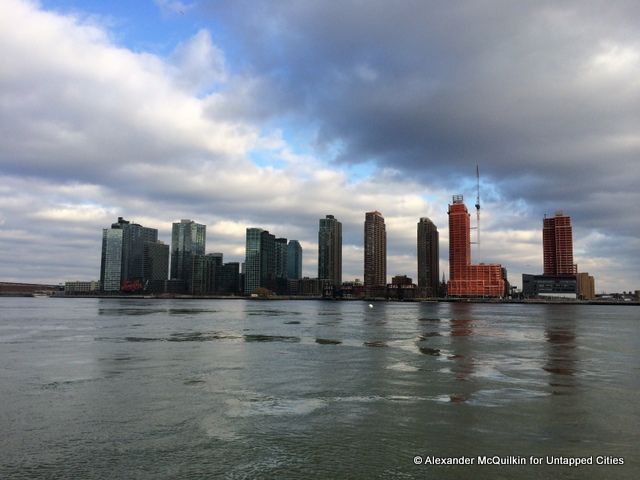NYC’s Forgotten ‘War on Christmas Trees’
Discover how an obscure holiday crackdown affects festive street vendors today!


From the High Line to Citi Bikes to rezoning developments in New York City, the projects of Michael Bloomberg and his staff during his tenure as mayor helped to craft the city as a leading 21st century urban center. But who was left out of this grand reshaping of New York City, over the course of an unprecedented three terms?
At a Columbia University GSAPP event last week, Professor Julian Brash of Montclair State University argued that Bloomberg and his administration, a team of financiers and dealmakers, “advance[d] specific class interests,” specifically those of the post-industrial elite. Brash’s argument is presented in his 2013 book Bloomberg’s New York: Class and Governance in the Luxury City.
According to Brash, the administration had a singular “grand urban vision”—one of New York as a competitive hub for international business deeply rooted in neoliberal ideals.With a radically different vision of the city than those of the working class, Professor Brash argued, many New Yorkers failed to fully benefit from the mayor’s projects and in many instances were left behind. The talk at GSAPP was particularly timely given the change in mayorship at the beginning of January. With the number of large scale projects, like Hunter’s Point South, approved just before the end of 2013, Bloomberg’s full legacy will only manifest itself during the tenure of Bill de Blasio.

Skyscrapers along the waterfront in Long Island City, Queens
Check out the book Brash’s book Bloomberg’s New York: Class and Governance in the Luxury City.
For more information on the legacy of Bloomberg’s development, specifically the architecture and history of city’s waterfront, read about our boat tour around Manhattan. Get in touch with the author @spencercnyc
Subscribe to our newsletter